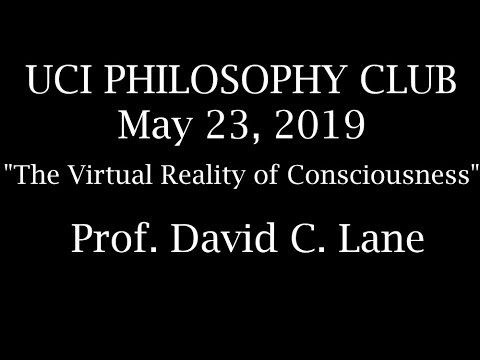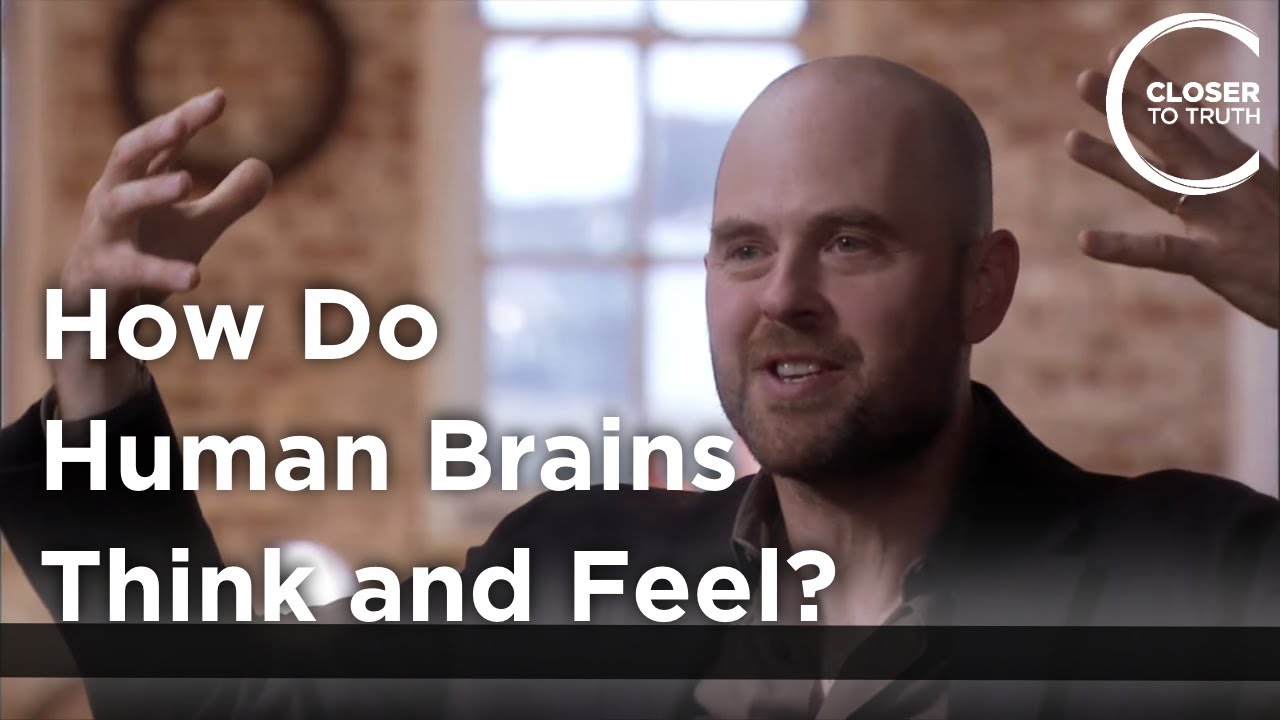Philosophy Club UCI
Our guest speaker from Mt. San Antonio College, Professor David C. Lane, provides his talk on the virtual reality of consciousness.
The video mentioned can be found here: https://www.youtube.com/watch?v=2jU_WodDnRc
Abstract:
Following the pioneering work of Gerald Edelman, Francis Crick, V.S. Ramachandran, Cristof Koch, Giulio Tononi, and others, the thesis is a simple one, though with profound implications: any organism that can develop an in-sourcing mechanism that allows it to virtually simulate varying options before outsourcing them has a distinct advantage over those creatures which are limited in their responses because of instinctual parameters. Put in simpler terms, consciousness is a virtual simulator par excellence and as such allows humans to have a rolodex of potential strategies when navigating in a world with ever-changing competitive concerns and environmental niches. The essential key here is to examine our own self-awareness and witness what it actually does moment to moment and then see how it relates to our Darwinian struggle of existence. Taking this approach, it becomes fairly obvious what is happening and why. Realizing that all models, no matter how sophisticated, will fall short to some measure, the key is to utilize ones that provide us with new found insights and hitherto unknown predictive powers. The advent of virtual and augmented reality may serve as a useful pathway to better understand why consciousness evolved the way it did, primarily because the brain itself operates as a VR system, albeit a much more sophisticated one than Oculus Rift or HTC Vive. Today, with the ever-growing successes in neuroscience, we have entered a new world of understanding how the brain works and how it evolved not so much to understand the world at large (in some ultimate, ontological sense) but rather how best to survive within it. Virtual Reality provides us with an instructive portal by which to better grasp how the brain develops elaborate simulations that help us better navigate future possibilities.
Source



